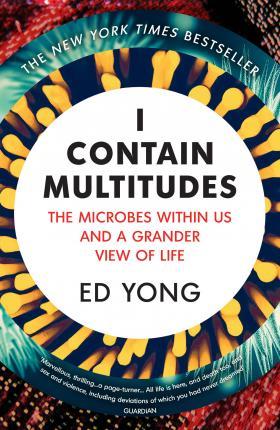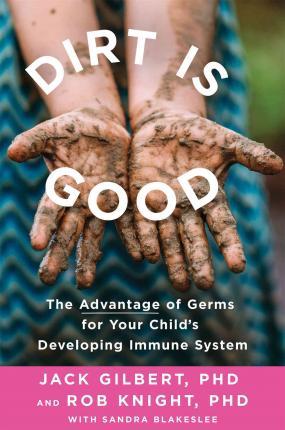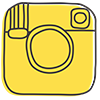welcome to the world of microbes—encouragement for hand washing and teeth brushing!
/“Microbes are so small that 3,422,167* of them could fit on [this dot]. *Give or take a few million.”
DO NOT LICK THIS BOOK
by Idan Ben-Barak, illustrated by Julian Frost & Linnea Rundgren – Allen & Unwin, 2017
ages 2 to 8 years / picture books + nonfiction, s.t.e.m.
Kids seem to swing dramatically one way or the other when it comes to germs. There’s the group who, having heard about germs, bacteria, microbes and the like, immediately begin to wash their hands. And never seem to stop! And then there are the kids who seem to make it their life’s mission to collect as many of the little suckers as they can—and pop them in their mouths! Mine mostly fell into the last group.
For kids like mine, Do not lick this book is brilliantly funny and informative. It's a book that just might tip them over into unprompted hand washing and tooth brushing.
It takes a clever approach to teaching about microbes by imagining them with names and personalities.
The lead microbe is Min. She’s small but up for adventure!
You get to adventure with her by touching a circle on a page ‘with your finger to pick her up’.
Then by touching your teeth you’re moving Min there to meet more microbes.
Min adventures through paper, teeth, a shirt and a belly button. It’s gross good fun!
This is a great intro to the world of microbes. It’s interactive and interesting. There are four microbes here and they’re all nasty and normal! Which is to say—if your child falls more heavily into the obsessive hand washing group, you may want to be prepared to talk about how important and useful microbes are at the same time.
For kids in both groups, this is a terrific way to teach body awareness. Because the reader touches the page, their teeth, their shirt and their belly button, it helps to grow spatial understanding and connects the theoretical to real life.
And on top of all that, it’s heaps of fun to read. There’s a delightful ick factor that appeals to so many kids (and adults—like me, for instance) and there's plenty to think about and talk about.
Book Depository has free postage anywhere in the world and great pricing, but Amazon might be cheaper for North American readers.
P.S. If you’re looking for a few supplementary books to fill in your own knowledge of microbes and their many benefits you might like to check these out:
Or this article by Michael Pollan, which includes:
“… I gave up asking scientists for recommendations and began asking them instead how, in light of what they’ve learned about the microbiome, they have changed their own diets and lifestyles. Most of them have made changes. They were slower to take, or give their children, antibiotics. (I should emphasize that in no way is this an argument for the rejection of antibiotics when they are medically called for.) Some spoke of relaxing the sanitary regime in their homes, encouraging their children to play outside in the dirt and with animals — deliberately increasing their exposure to the great patina. Many researchers told me they had eliminated or cut back on processed foods, either because of its lack of fiber or out of concern about additives. In general they seemed to place less faith in probiotics (which few of them used) than in prebiotics — foods likely to encourage the growth of “good bacteria” already present.”
Interesting, huh?
Also, for a somewhat more in-depth approach for kids, we do love Tiny The Invisible World of Microbes.











